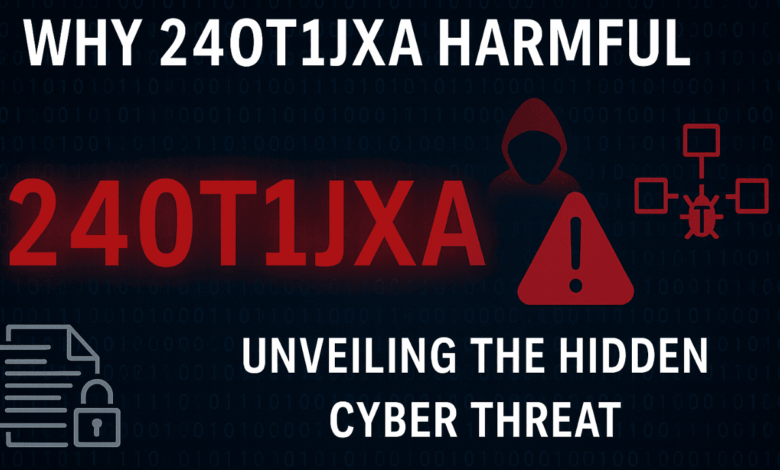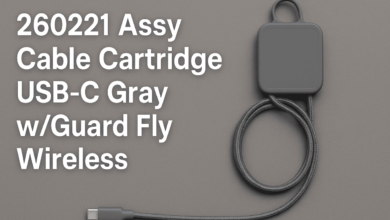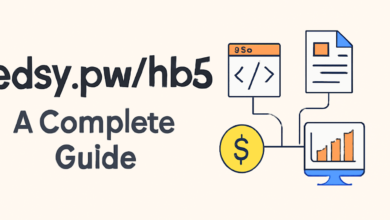Why 24ot1jxa Harmful: Unveiling the Hidden Cybersecurity Threat

In the ever-evolving landscape of cybersecurity, new threats emerge that challenge even the most robust defenses. One such threat is encapsulated in the term “why 24ot1jxa harmful.” This phrase has gained attention among cybersecurity professionals due to its association with a sophisticated and stealthy form of malware. Understanding why 24ot1jxa harmful is crucial for individuals and organizations aiming to protect their digital assets.
Understanding 24ot1jxa: A Stealthy Malware Variant
The term 24ot1jxa refers to a specific strain of malware known for its ability to infiltrate systems undetected. Unlike traditional malware, which often relies on recognizable patterns, 24ot1jxa employs polymorphic techniques, altering its code to evade detection by standard antivirus programs. This adaptability makes it particularly insidious, as it can remain hidden within a system for extended periods, causing significant damage before detection.
The Harmful Impacts of 24ot1jxa
Data Theft and Privacy Invasion
One of the primary reasons why 24ot1jxa harmful is its capacity to steal sensitive information. Once embedded in a system, it can harvest personal data, including login credentials, financial information, and confidential documents. This data is often transmitted to external servers controlled by malicious actors, leading to identity theft, financial loss, and breaches of privacy.
System Performance Degradation
Another aspect of why 24ot1jxa harmful is its impact on system performance. The malware consumes significant system resources, leading to slowdowns, crashes, and unresponsiveness. Users may attribute these issues to hardware problems or software glitches, unaware that a malicious entity is operating in the background.
Unauthorized Remote Access
24ot1jxa often includes Remote Access Trojan (RAT) capabilities, allowing attackers to control infected systems remotely. This unauthorized access can lead to further exploitation, including the installation of additional malware, manipulation of files, and surveillance through webcams and microphones.
Network Propagation
The ability of 24ot1jxa to spread across networks amplifies its threat. Once a single device is compromised, the malware can scan for other vulnerable systems within the same network, facilitating widespread infection. This characteristic is particularly concerning for organizations, where a single breach can jeopardize entire infrastructures.
Evasion of Detection
A critical factor in why 24ot1jxa harmful is its sophisticated evasion techniques. By constantly modifying its code, it avoids signature-based detection methods employed by many security solutions. Additionally, it can disable security tools and logging features, further concealing its presence.
Methods of 24ot1jxa Infection
Understanding how 24ot1jxa infiltrates systems is essential for prevention. Common infection vectors include:
- Phishing Emails: Deceptive emails containing malicious attachments or links that, when opened, install the malware.
- Fake Software Updates: Users may unknowingly download 24ot1jxa when attempting to update software from unverified sources.
- Drive-by Downloads: Visiting compromised websites can trigger automatic downloads of the malware.
- Bundled Software: Free programs may include hidden malware in their installation packages.
- Removable Media: Infected USB drives and external storage devices can carry the virus from one machine to another.
Recognizing Signs of Infection
Early detection of 24ot1jxa is challenging but not impossible. Indicators of infection include:
- Unusual System Behavior: Unexpected slowdowns, crashes, or unresponsiveness.
- Unauthorized Access Attempts: Alerts about login attempts from unfamiliar locations.
- Disabled Security Features: Antivirus programs or firewalls being turned off without user intervention.
- Unexplained Data Usage: Sudden spikes in data consumption, potentially indicating data exfiltration.
Strategies for Protection Against 24ot1jxa
To mitigate the risks associated with 24ot1jxa, consider the following protective measures:
- Regular Software Updates: Keep operating systems and applications up to date to patch vulnerabilities.
- Robust Antivirus Solutions: Employ reputable security software capable of detecting and removing advanced threats.
- Email Vigilance: Exercise caution with email attachments and links, especially from unknown sources.
- Secure External Devices: Scan USB drives and other external devices before use.
- Network Security Measures: Implement firewalls and intrusion detection systems to monitor and control network traffic.
Conclusion
The question of why 24ot1jxa harmful underscores the importance of awareness and proactive defense in cybersecurity. This malware’s stealthy nature, coupled with its capacity for data theft, system disruption, and network propagation, makes it a formidable threat. By understanding its mechanisms and adopting comprehensive security practices, individuals and organizations can better protect themselves against such insidious cyber threats.
Frequently Asked Questions
1. What is 24ot1jxa, and why is it considered harmful?
24ot1jxa is a sophisticated malware strain known for its stealth and adaptability, making it difficult to detect and remove. It is harmful due to its ability to steal sensitive data, degrade system performance, and spread across networks.
2. How does 24ot1jxa infiltrate systems?
Common infection methods include phishing emails, fake software updates, drive-by downloads from compromised websites, bundled software installations, and infected removable media.
3. What are the signs that a system is infected with 24ot1jxa?
Indicators include unusual system behavior, unauthorized access attempts, disabled security features, and unexplained data usage spikes.
4. Can 24ot1jxa spread across an entire network?
Yes, once a single device is compromised, 24ot1jxa can scan for and infect other vulnerable systems within the same network, leading to widespread infection.
5. What measures can be taken to protect against 24ot1jxa?
Protective strategies include keeping software updated, using robust antivirus solutions, exercising caution with emails and downloads, securing external devices, and implementing strong network security measures.



